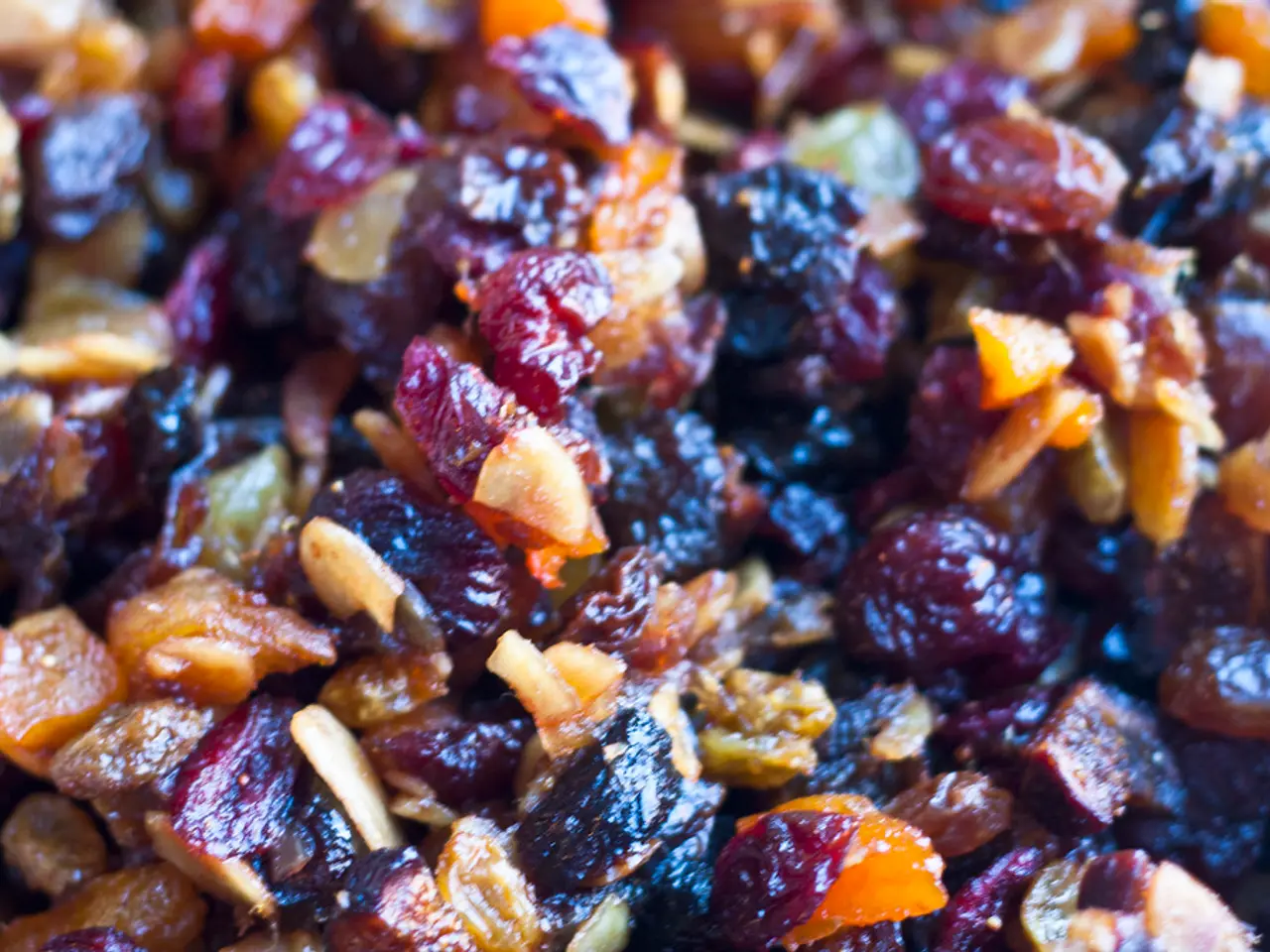Researchers unearth a novel flavor that may hold the key to combating obesity
In a groundbreaking discovery, scientists have uncovered evidence that suggests fat triggers a unique taste response, distinct from the five tastes we've long recognized - sweet, salty, sour, bitter, and umami. This new taste, often referred to as "oleogustus" or the taste of lipids, is gaining recognition as the potential sixth basic taste.
The research, which involves non-esterified fatty acids (NEFA), the most basic building blocks of fat, suggests that fatty acids interact directly with taste receptors, bypassing the influence of smell. Specialised receptors for fat, such as CD36 and GPR120, have been identified on the tongue and are believed to play crucial roles in fat detection.
Unlike the classic tastes, fat does not neatly fall into sweet, salty, sour, bitter, or umami categories. Instead, it produces a unique sensation that can be described as creamy, oily, or sometimes even unpleasantly bitter or metallic depending on the fatty acid type. This taste has been proposed as the sixth basic taste.
The lack of a name for fat's taste poses a challenge in understanding and regulating it. Naming a taste helps people recognise and manage it. If fat is detected, it means our taste buds are tuned to it, just like they are to sugar and salt. Recognising fat as a taste could lead to public health campaigns, food labeling laws, and taste training programs that help people better understand their dietary choices.
Identifying the taste of fat has a range of important health implications, according to Dr. Richard Mattes, Director of the Ingestive Behavior Research Center at Purdue University. Many food products labeled as "fat-free" may not satisfy taste expectations due to the use of substitutes that only mimic the texture of fat. Consumption of these unsatisfying substitutes could lead to compensatory eating, potentially contributing to weight gain.
The next generation of fat substitutes could be designed to target fat receptors on the tongue, tricking the brain into believing it's getting the fatty fix it craves without the calories or health risks. This could revolutionise the food industry, making it possible to create delicious, low-fat foods that are still satisfying to eat.
Taste perception is tightly linked to how and what we eat. If fat is detected, it means our taste buds are tuned to it. This discovery could lead to a better understanding of our dietary choices and help us make healthier ones. The next step is official recognition of fat as a taste, with more research needed to confirm its status and understand its implications fully.
- The discovery of oleogustus, the taste of lipids, could potentially lead to the recognition of fat as the sixth basic taste, contributing to a better understanding of our dietary choices.
- Recognizing fat as a taste could prompt public health campaigns and changes in food labeling laws, offering opportunities for taste training programs that promote healthier dietary choices.
- The development of next-generation fat substitutes designed to target fat receptors on the tongue could revolutionize the food industry, enabling the creation of satisfying, low-fat foods that are both delicious and healthier.
- In the realm of health and wellness, understanding the unique taste response to fat presents an exciting opportunity for improving nutrition and lifestyle choices, particularly in areas such as cooking and food-and-drink preferences.




